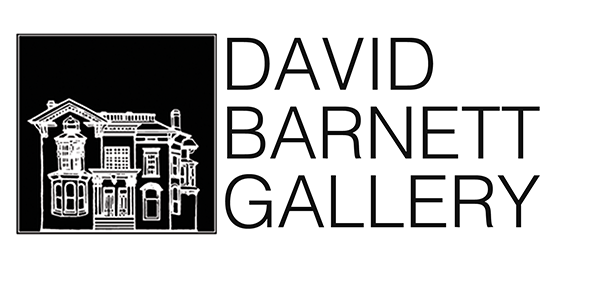
About The Artist
Carlo Brutus has a keen sense of history and of his own artistic roots. The primitive style of his work reflects his reverence for Georges Liataud, who Carlo readily admits, “is an important man in my memory.” He apprenticed with Gary Darius and his older brother, Jean Closter Brutus, but in 1994, opened his own workshop in order to, “produce my own works in my own style.” Jean Carlo's designs are influenced by the natural world, as seen in his birds on the wing and trees swaying in the wind. He is also influenced by the mythical realm of mermaids and magical beasts, while his elegant candle plates can be used in traditional Haitian candle ceremonies. He professes his love for the work, but realizes that it is not only his passion, it is his security. Jean Carlo says, “I love the metal sculpture and I appreciate the orders that I get so that we can have a better life.
The center of Haitian metal sculpture is the village of Croix-des-Bouquets, where the clanging sound of hammers striking chisels is a constant music. To begin, the artist chalks his design onto the metal. Chisels, dies and a large hammer are used to cut and shape the piece, giving it form and texture. When the highly intricate and physically demanding work is complete and the artist is satisfied with his work, he signs his name boldly with a small chisel and applies a clear, weather-proof coating. The result is a wonderful, fair trade piece of handcrafted art.
Bossou (Horned Bull)
Artist: Jean Carlo Brutus
Materials: Metal relief sculpture, signed middle right
Dimensions: 18" x 35" x 1"
Price:
$4,712.50
More Artists from David Barnett Gallery












 Facebook
Facebook
 Twitter
Twitter
 Email
Email












